Although very rare, past reports show some cancer patients may develop secondary cancers following lifesaving CAR T-cell therapy.
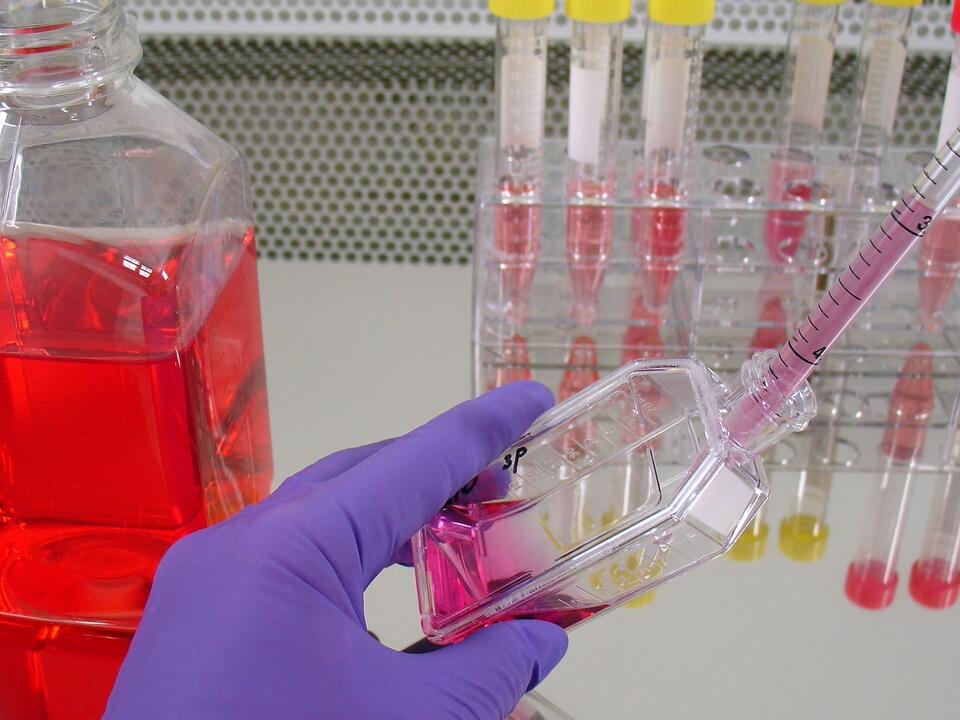

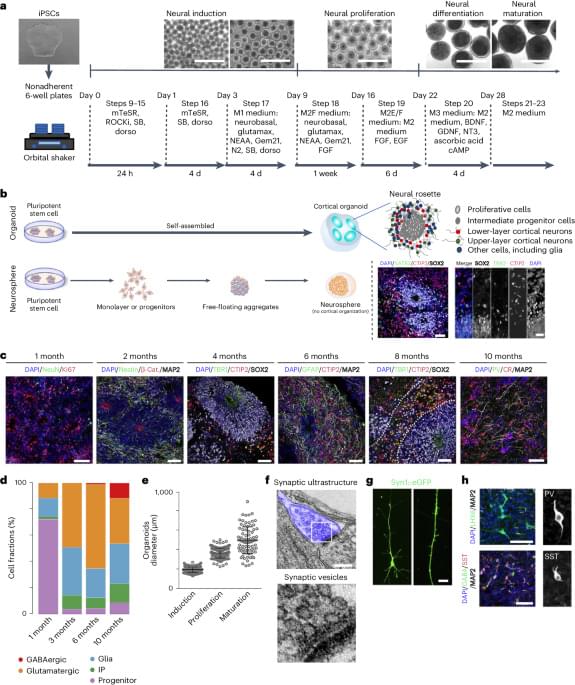
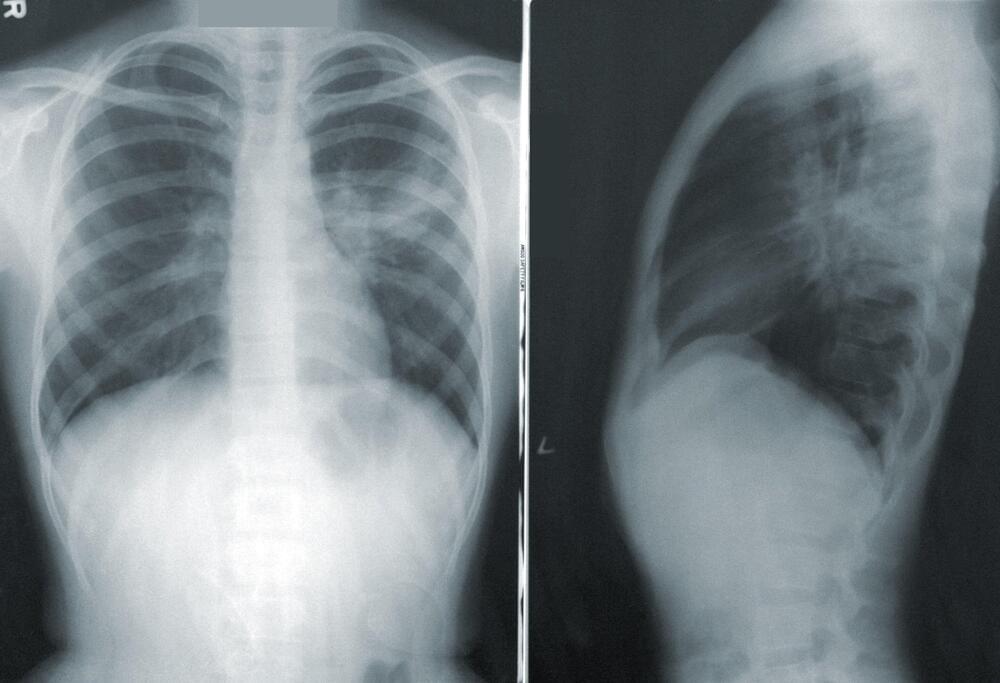
The reason targeted treatment for non-small cell lung cancer fails to work for some patients, particularly those who have never smoked, has been discovered by researchers from UCL, the Francis Crick Institute and AstraZeneca.
The study, published in Nature Communications, shows that lung cancer cells with two particular genetic mutations are more likely to double their genome, which helps them to withstand treatment and develop resistance to it.
In the UK, lung cancer is the third most common type of cancer and the leading cause of cancer death. Around 85% of patients with lung cancer have non-small cell lung cancer (NSCLC), and this is the most common type found in patients who have never smoked. Considered separately, “never smoked” lung cancer is the fifth-most common cause of cancer death in the world.

New research shows that ferroptosis, a form of cell death, occurs in severe COVID-19 patient lungs. Stopping it improves outcomes. In some severe cases of COVID-19, the lungs undergo extreme damage, resulting in a range of life-threatening conditions like pneumonia, inflammation, and acute respiratory distress syndrome. The root cause of those wide-ranging reactions in the lungs has until now remained unclear.
A new study by researchers at Columbia and the Columbia University Irving Medical Center sheds light on this mystery.
The study found that ferroptosis, a form of cell death first named and identified at Columbia in 2012, is the major cell death mechanism that underlies COVID-19 lung disease.

The gene-editing technique employs prime editors along with advanced enzymes known as recombinases. This method has the potential to lead to universal gene therapies that are effective for conditions like cystic fibrosis.
Researchers at the Broad Institute of MIT and Harvard have enhanced a gene-editing technology that can now efficiently insert or replace entire genes in human cell genomes, potentially making it suitable for therapeutic uses.
The advance, from the lab of Broad core institute member David Liu, could one day help researchers develop a single gene therapy for diseases such as cystic fibrosis that are caused by one of hundreds or thousands of different mutations in a gene. Using this new approach, they would insert a healthy copy of the gene at its native location in the genome, rather than having to create a different gene therapy to correct each mutation using other gene-editing approaches that make smaller edits.
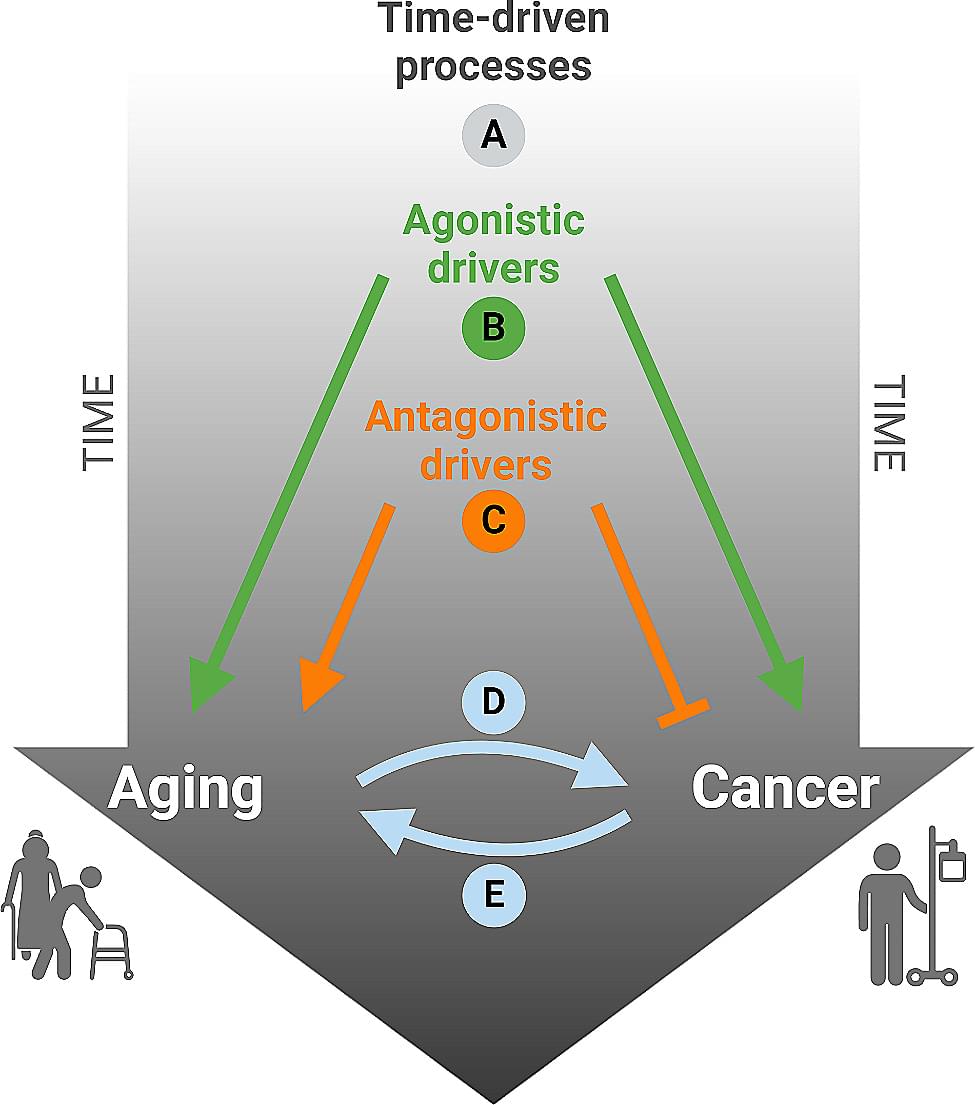
Exhibit apparent links that we will examine in this review. The null hypothesis that aging and cancer coincide because both are driven by time, irrespective of the precise causes, can be confronted with the idea that aging and cancer share common mechanistic grounds that are referred to as ‘hallmarks’. Indeed, several hallmarks of aging also contribute to carcinogenesis and tumor progression, but some of the molecular and cellular characteristics of aging may also reduce the probability of developing lethal cancer, perhaps explaining why very old age ( 90 years) is accompanied by a reduced incidence of neoplastic diseases. We will also discuss the possibility that the aging process itself causes cancer, meaning that the time-dependent degradation of cellular and supracellular functions that accompanies aging produces cancer as a byproduct or ‘age-associated disease’
Karleigh Fry pioneers robotic neurosurgery:
An 8-year-old girl from Oklahoma has become the world’s first pediatric patient to undergo robotic deep brain stimulation (DBS).
The announcement was made by two collaborating hospitals, Oklahoma Children’s Hospital OU Health and Bethany Children’s Health Center.
This groundbreaking procedure not only marks a significant milestone in pediatric neurosurgery but also holds promise for future treatments of severe neurological disorders in children.

What connection does nicotine and cannabis use have on mental health stressors, including anxiety, depression, and discrimination, for young adults? This is what a recent study published in Addictive Behaviors hopes to address as a team of researchers led by Indiana University investigated how increased use of nicotine and cannabis in young adults also comes at a time when mental health stressors are also on the rise with them, as well. This study holds the potential to help researchers, medical professionals, and the public better understand the link between nicotine and cannabis use and mental health, especially with the legalization of recreational cannabis becoming more prevalent across the United States.
For the study, the researchers conducted a survey between 2019 and 2021 consisting of 2,478 young adults from Los Angeles between 18 to 29 years old with the following demographics: 57 percent Hispanic, 19 percent Asian, 15 percent White, 4 percent Black, and 3 percent as Multiracial. The participants were instructed to provide their mental health symptoms status (anxiety and depressions) and social stressors (discrimination), along with how much they use cannabis or nicotine, including vaping.
In the end, the researchers found a correlation between nicotine and cannabis use, along with some dual use, with higher rates of depression and anxiety with Hispanic young adults, with both Hispanic and Asian young adults having increased use of nicotine and cannabis correlating with higher rates of discrimination. For Black young adults, the researchers found increased use of nicotine products with higher anxiety while finding the opposite occurred for higher rates of depression and discrimination.

Playing through the greenery and litter of a mini forest’s undergrowth for just one month may be enough to change a child’s immune system, according to an experiment in Finland.
When daycare workers rolled out a lawn, planted forest undergrowth (such as dwarf heather and blueberries), and allowed children to care for crops in planter boxes, the diversity of microbes in the guts and on the skin of the young kids appeared healthier in a very short space of time.
Compared to other city kids who play in standard urban daycares with yards of pavement, tile, and gravel, 3-, 4-, and 5-year-olds at these greened-up daycare centers in Finland showed increased T-cells and other important immune markers in their blood within 28 days.
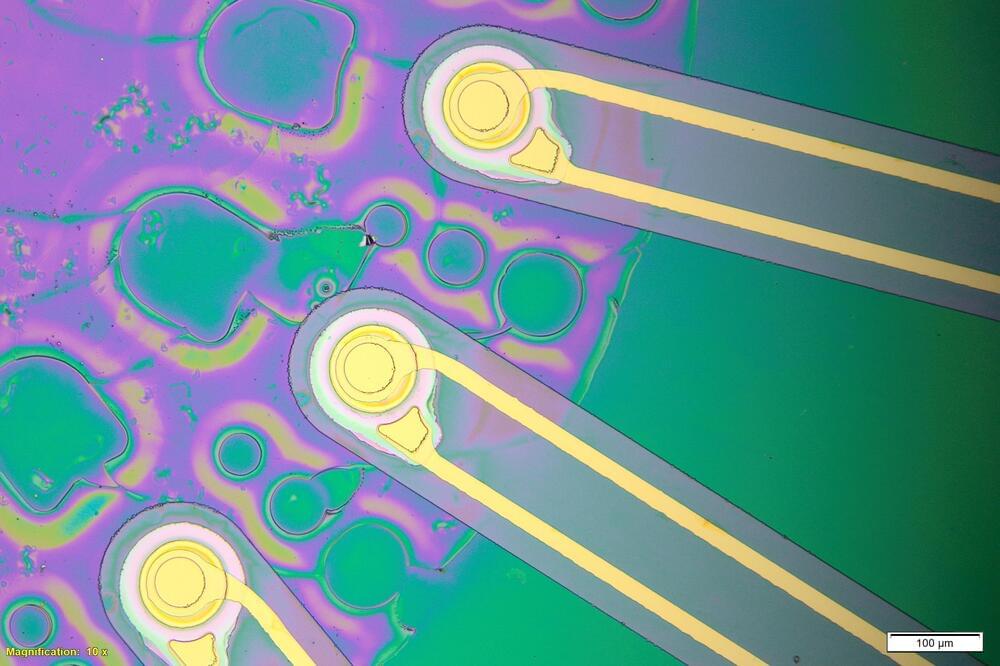
MIT researchers have developed an alternative approach that uses ultrasound instead of electricity to perform deep brain stimulation, delivered by a fiber about the thickness of a human hair.
Deep brain stimulation, by implanted electrodes that deliver electrical pulses to the brain, is often used to treat Parkinson’s disease and other neurological disorders. However, the electrodes used for this treatment can eventually corrode and accumulate scar tissue, requiring them to be removed.
MIT researchers have now developed an alternative approach that uses ultrasound instead of electricity to perform deep brain stimulation, delivered by a fiber about the thickness of a human hair. In a study of mice, they showed that this stimulation can trigger neurons to release dopamine, in a part of the brain that is often targeted in patients with Parkinson’s disease.
“By using ultrasonography, we can create a new way of stimulating neurons to fire in the deep brain,” says Canan Dagdeviren, an associate professor in the MIT Media Lab and the senior author of the new study. “This device is thinner than a hair fiber, so there will be negligible tissue damage, and it is easy for us to navigate this device in the deep brain.”